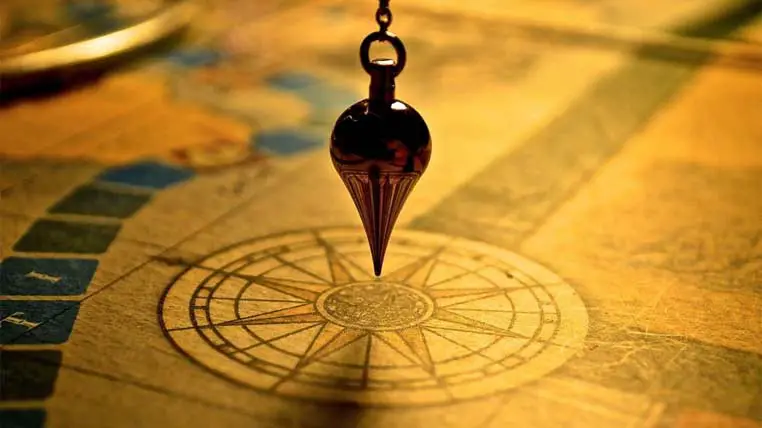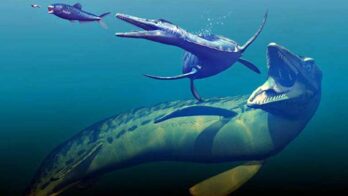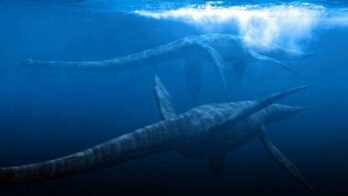The tools used in dowsing include pendulums, rods, and other instruments that help practitioners sense and measure subtle energy vibrations.
Although its effectiveness is often debated, many people continue to use dowsing for various purposes, such as finding water sources, minerals, and even missing objects or persons.
What is dowsing?
Dowsing (also known as radiesthesia) is the purported ability of the human body to perceive electromagnetic radiation and energetic signals.
According to its supporters, people practicing this divination method can find objects through specialized tools, either wood or metal (copper, steel, or silver).
Through it, those who claim to have this extraordinary ability can allegedly identify underground sources of water, oil, metal deposits, hidden objects, precious stones, as well as biological and/or pathogenic anomalies of the Earth’s crust.
How does dowsing work?
According to its proponents, this divination method works by tapping into the subtle energies and vibrations that exist in the environment. Its practitioners use specialized tools such as rods, pendulums, or L-rods to detect and measure these energies.
These tools allegedly amplify the practitioner’s sensitivity to energy fields, allowing them to detect and locate specific substances (such as water or minerals) or diagnose and treat various health problems.
Some practitioners claim dowsing works by tapping into one’s intuitive or psychic abilities. On the other hand, others suggest it involves a more scientific process, such as detecting changes in electromagnetic or subtle energy fields.
Practitioners hold the ends of a forked tree branch (although some modernists claim that a metal coat hanger also works) with the palms facing up.
As they search for water, for instance, practicants can feel vibrations while the fork of the branch bends toward the ground as if attracted by a magnet. When above the water source, the branch tip points directly toward the ground in a 90-degree arc from its initial position.
While the scientific community claims that locating water with a forked branch is nonsense, there are arguments from people who find water with the help of maple branches, unaffected by the skeptics’ irony.
They don’t care if a modern scientist believes water cannot be detected in such a way. All they know is that the method works, and they have found water like this for generations.
Is dowsing an extrasensory ability?
Henry Gross was an American dowser who became famous for his dowsing abilities using a willow rod.
He lived in Pennsylvania in the late 19th and early 20th century and worked as a water dowser, using his rod to locate underground water sources for farmers, businesses, and individuals.
Gross claimed he could locate water, oil, minerals, and other substances using his rod, which he held in front of him and allowed to move based on the energy vibrations he sensed in the ground.
Eventually, he became well-known for his accuracy in finding water sources, and his services were in high demand in the region.
Gross was also a dowsing teacher and wrote several books on the subject, including “Dowsing and Water-Witching” and “Water-Witching U.S.A.”
He traveled around the country giving lectures and demonstrations of his abilities, and he became one of the most well-known dowsers in the United States during his lifetime.
In his work “Henry Gross and His Dowsing Rod” (1951), author Kenneth Roberts asserts that not even all the sarcasm thrown at Henry Gross’s dowsing rod by geologists worldwide could alter the impeccable accuracy of his instrument.
In fact, none of the accusations of fraud, fanciful delusion, or pseudoscience could destroy or even diminish the value of Henry’s contribution to this ancient practice.
In 1953, UNESCO sponsored a committee of reputable European scientists to study this divination method. They unanimously concluded that “dowsing is without a doubt a reality.”
The French Academy of Sciences commented that it is “impossible to deny the existence of dowsing power, although its nature cannot be determined.”
On top of this, no less than five Nobel Prize winners defended this practice, as did the National Research Council of the Netherlands.
In Germany, over 500 dowsers participated in over 10,000 “blind” tests conducted by physicists in a hangar near Munich in 1987 and 1988. The researchers who organized these so-called “hangar experiments” claimed to have empirically proven that dowsing is a real phenomenon.
However, subsequent data analyses by other scientists advanced the hypothesis that the results could have been attributed to chance and not to any unknown ability to find water or hidden objects.
Notable dowsers throughout history
There have been many individuals throughout history who have gained notoriety for their dowsing abilities.
Here are a few examples:
- Henry Gross – as mentioned earlier, Gross was famous for using his rod to locate water sources and is considered one of the most successful dowsers in history.
- Abby Mermet – a French dowser who gained fame in the late 19th century for his ability to locate underground water sources.
- Lethbridge – a British archaeologist who used divination art to locate ancient burial sites and other archaeological artifacts.
- Guy Underwood – an Englishman who specialized in locating underground water sources and mineral deposits using dowsing techniques.
- George Casely – an American dowser who is said to have located many missing persons and solved crimes using his abilities.
- Joseph McMoneagle – an American who gained fame for his psychic abilities, including remote viewing and dowsing.
- Jacques Benveniste – a French immunologist who claimed to have demonstrated the efficacy and benefits of dowsing as a powerful homeopathic remedy.
From antiquity to modern times
The motif of the magic wand appears in the myths and legends of many cultures. In fact, the art of divination was deified in antiquity and considered a gift from the gods.
Hermes, the messenger of the Greek gods, opened the underworld gates for the shades of the dead with the help of his caduceus, which he received from Apollo.
Hercules also could find underground watercourses with the help of a rod. Moses, with the help of his staff, discovered a crystal-clear water spring in the desert.
Some researchers believe that the paintings and engravings of different prehistoric cultures contain elements such as wooden indicator rods, straight or in the shape of “V” or “Y,” fish or bird bones held horizontally for orientation.
In China, dowsing with a magic wand appears depicted on a bas-relief from 147 AD. In this representation, Yu, the first emperor of the Xia dynasty (2205-2197 BC), holds a V-shaped wand for exploring and discovering metal deposits.
Before building their homes, Ancient Chinese people would call on dowsers to help them choose the most beneficial location.
In Egypt, various dowsing instruments were found in the tombs of the pharaohs.
The historian Herodotus (490-429 BC) describes the practice of finding water with the help of a rod in many of his writings, recalling that the Scythians found drinking water and minerals with the help of an angular rod.
In Rome, dowsing was practiced to find water sources or make predictions using the pendulum’s movement.
In the Middle Ages, although it was considered witchcraft, and practitioners were harshly punished, there were many stories about people capable of finding water and minerals using rods, twigs, or pendulums.
At the beginning of the 16th century, miners in Central Europe used metal rods to discover valuable ore deposits.
Around 1890, the French abbot Bouly systematized information about this method and used the word “dowsing” for the first time. He also laid the foundations for the first dowsing societies in France.
The father of dowsing in Romania is engineer Simu Simeon, who detected most of the oil deposits in the Prahova Valley for the Astra Oil Company.
In fact, between 1935 and 1940, Simu Simeon found 50% of the oil and gold deposits in the region using nothing but his rod.
In 1940, he published the first dowsing manual, “The Angular Rod,” describing the main investigation methods and practical results of prospecting oil and precious metals.
At Ancient Theory we only use trusted sources to document our articles. Such relevant sources include authentic documents, newspaper and magazine articles, established authors, or reputable websites.
- Dowsing. wikipedia.org. [Source]
- Michael Brooks - Why dowsing makes perfect sense. newscientist.com.
- Dan Schwartz - Into the Mystical and Inexplicable World of Dowsing. outsideonline.com.
- How does water dowsing work? wtamu.edu.
- Elise Kjørstad - Is it really possible to find water with dowsing rods? sciencenorway.no.
- Keiron Allen - Is there any scientific evidence for dowsing? sciencefocus.com.






